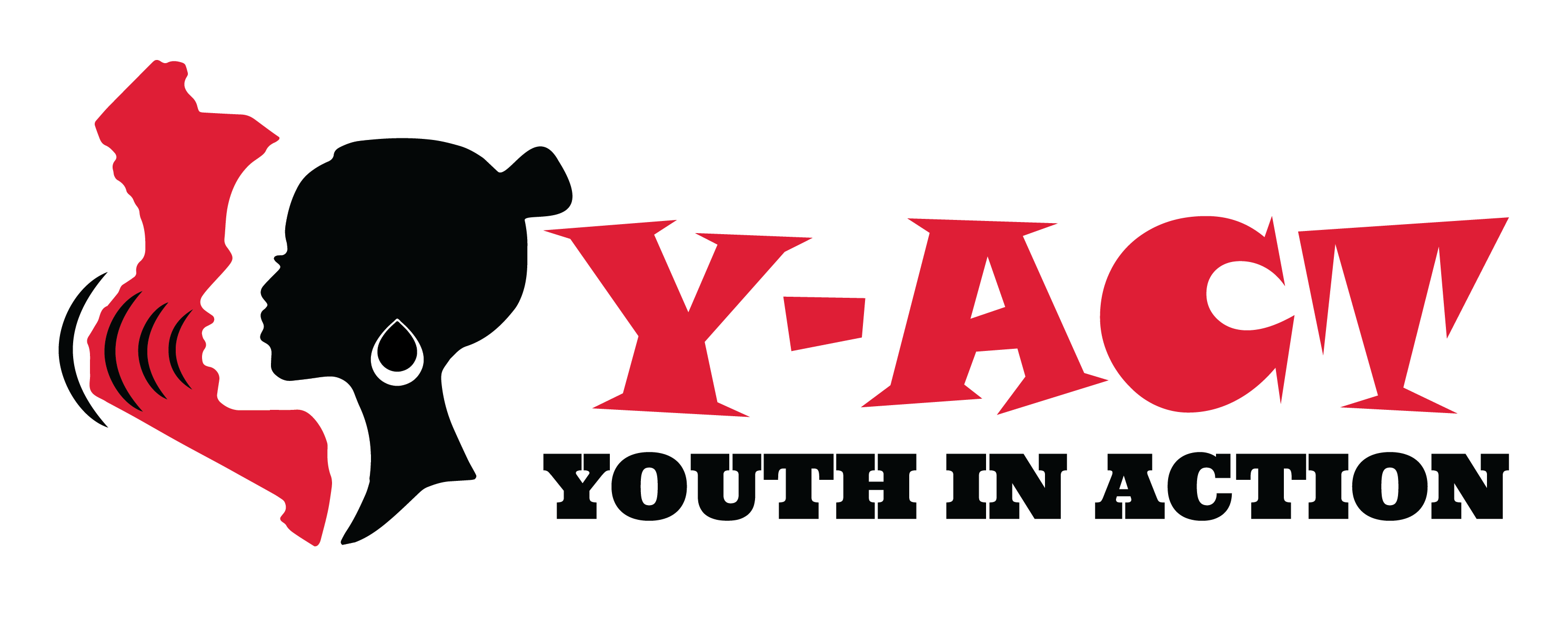The onset of menstruation ‘menarche’ is undoubtedly a pivotal moment in a girl’s life, as it is a critical sign of good reproductive health. It also marks a girl’s transition from childhood to adolescence. However, the sign of the first period is rarely the positive moment it should be with a great deal of significance placed on this transition, invariably labored with moral, religious and cultural overtones. The aforementioned no doubt places an immense sense of responsibility on many young girls, who are now seen as a ‘women’. In-fact, some communities see this transition as a precursor to perform cultural practices such as female genital mutilation and cutting, and child marriage, thus cementing a tender aged girl to her ‘place’ in ‘woman-hood’.
Today, millions of girls across the world are experiencing their period with little to no information on how to handle menstruation, what to expect, where to access sanitary products; leaving them grossly unprepared to go through an important part of their reproductive health safely and confidently. The challenges that women and girls face are multilayered spanning various sectors. For this reason, an enabling policy and implementation framework that would govern the equitable investment of resources across all these sectors is absolutely critical.
Exactly one year ago, the Kenya Government through the Ministry of Public Service and Gender launched the Menstrual Hygiene Management (MHM) Policy and Strategy (2019-2030). Given that the scant nature of the breadth of laws, policies and frameworks that address women and girls’ menstrual health and well-being in Kenya, this was a well lauded development. Multi-sectoral approaches such as the one optimistically envisioned by the MHM Policy with a framework providing for; adequate education and information, support on menstruation and puberty, subsidies on the high cost of menstrual hygiene products, improved distribution channels prioritizing access to women and girls living in low income and rural settings, standardized quality of products, improved sanitation infrastructure with access to toilets and clean water, and appropriate disposal systems, seems to provide an answer to this important gender equality issue.
Nevertheless, like it is with many matters touching the human rights and development spheres, the agenda setting, prioritization and decision making of proposed policy and infrastructural solutions lies within other quarters and not with the affected individuals and communities, rarely involving them as the right holders. This blaring blind-spot has meant that the design and deployment of MHM programmes have often fallen short, often plagued with poor coordination and accountability, challenges in distribution channels and quality.
Therefore, investing in empowering young women and girls to voice their needs, desires and experiences around menstruation would undoubtedly strengthen MHM initiatives. Positioning their opinions and needs within the decision making process, integrating interventions such as ‘self-care’ and ‘Self-Advocacy’, that seek to empower individuals and communities to enhance their health and well-being in national health strategies, would prioritize access to information and products. It would also equip communities with the skills to advocate for their needs and the ability to make decisions about their own bodies and needs.
Self-care interventions have been seen as very effective in sexual and reproductive health as they greatly reinforce agency and choice focusing on people’s needs and in turn improving service delivery. In MHM, these interventions have the potential to restore dignity to young women and girls by reinstating privacy, confidentiality and bodily autonomy, providing the support women and girls needs to go experience menstruation safely and comfortably.
The raging COVID-19 pandemic has had damaging effects on women’s sexual and reproductive health going beyond individual spheres of influence. Key among these are the disruption of access to MHM products either due to closure of schools, temporary restrictions of movement and for many, loss of income. However, COVID-19 also presents the opportunity for us to begin investing resources in self-care interventions; creating a robust infrastructure that supports the procurement of commodities, reduces cost, and invests in public knowledge and information on self-care options. Following the development of the WHO Consolidated Guidelines for Self-Care for Sexual and Reproductive Health and Rights (2019), there is now a consensus on how to expand efforts for adoption of safe and effective self-care.
A woman and girls’ ability to safely and confidently take care of her sexual and reproductive health needs is essentially about restorative justice as it places the power back in their hands to be an active agent of her own health. Self-Care is inextricably linked to greater equality making it a more than enough reason to adopt these guidelines calling for national policies, which will no doubt usher in a transformative era in healthcare and support self-care’s inclusion in Universal Health Coverage. Important to note is that more people are managing, protecting and promoting their own healthcare today. If we work together to advance self-care, we can make it more consistently available, affordable, safe, effective, and convenient to those who need it, especially women and girls.
This means eradicating restrictions to timely access to the full range of self-care interventions, inclusion of self-care as an essential part of SRHR policies, programming, and services, and removal of restrictive policies and legal barriers to self-care sexual and reproductive health products.
These changes in approach, require mobilized and coordinated action. Each one of us has a duty to ensure that young women and girls navigate their reproductive health not shrouded by silence and stigma but with support, safety and confidence!
Written by: Vania Kibui
